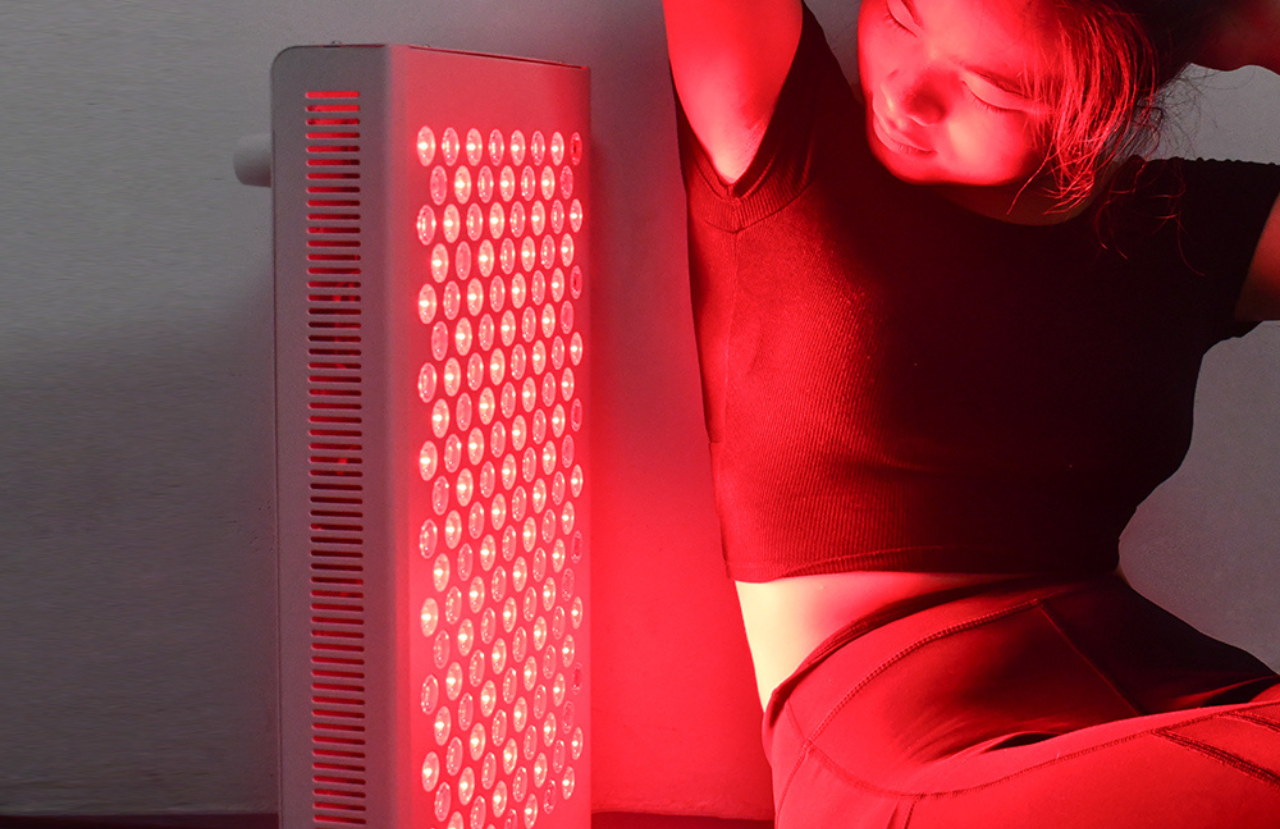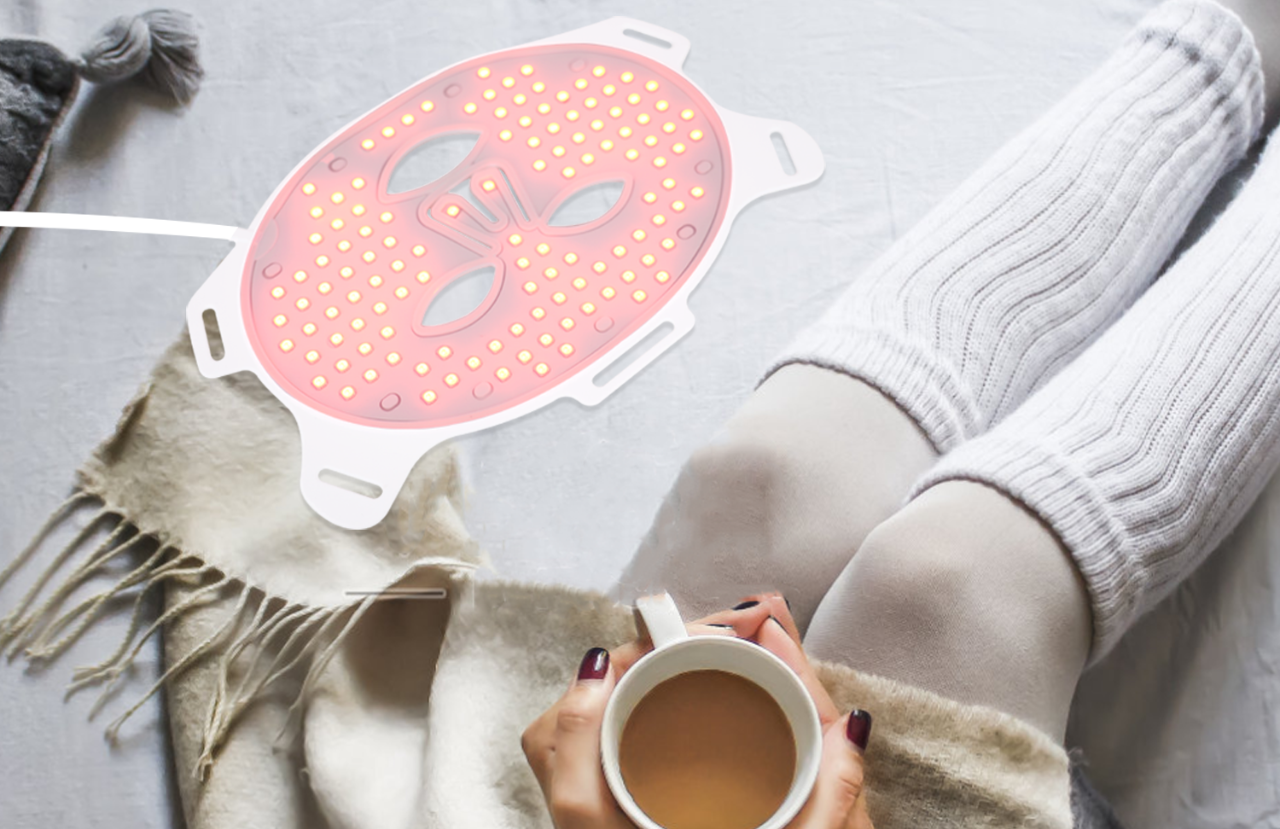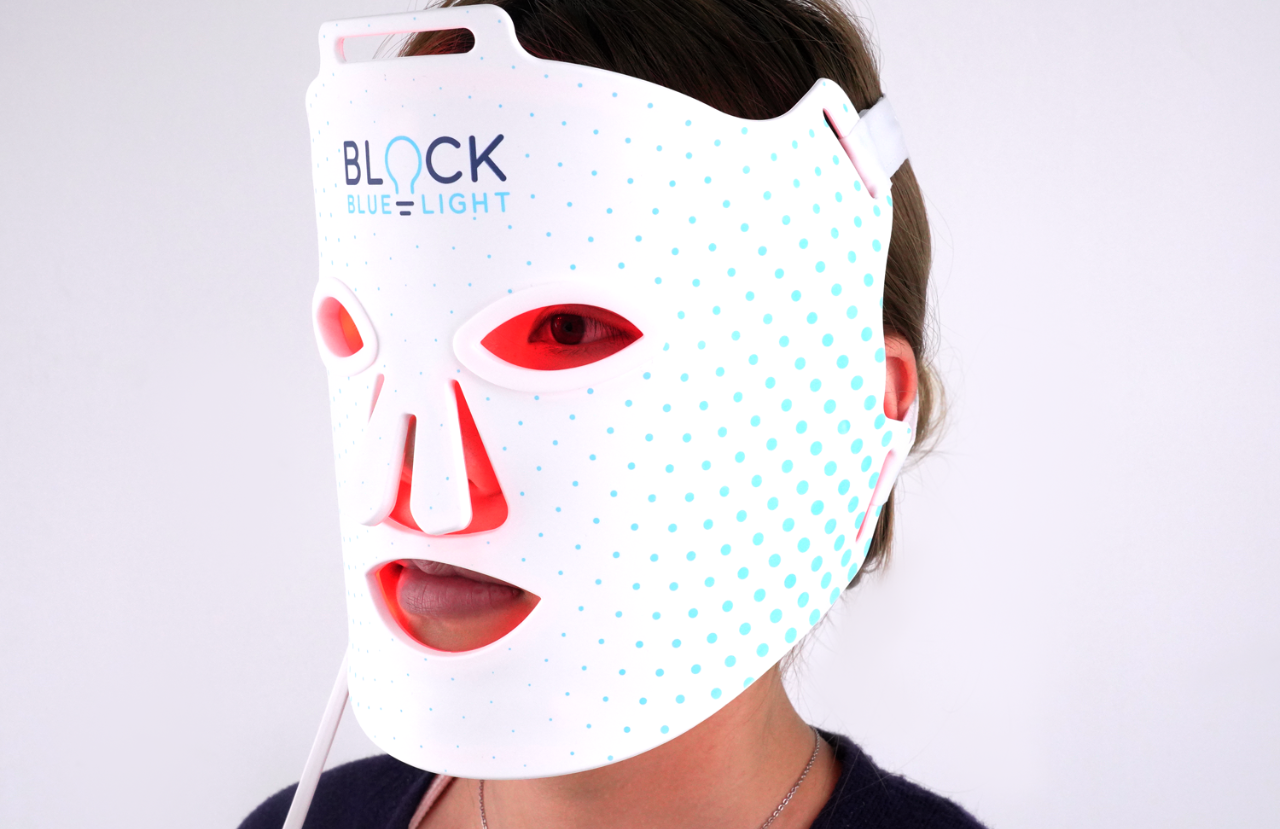In recent years, red light therapy has gained popularity as a non-invasive treatment method for various health conditions and aesthetic purposes. Also known as low-level laser therapy (LLLT) or photobiomodulation, this therapeutic technique involves exposing the body to low-intensity red or near-infrared light. While many people are intrigued by its potential benefits, a crucial question remains: Is red light therapy safe? In this article, we will explore the science behind red light therapy and its safety profile, helping you make an informed decision about incorporating it into your wellness routine.
What is Red Light Therapy?
Red light therapy utilizes specific wavelengths of light, typically 600 to 1000 nanometers, to penetrate the skin and interact with cells. This interaction triggers biological responses that may lead to various therapeutic effects. The wavelengths used in red light therapy are believed to stimulate cellular energy production, promote circulation, reduce inflammation, and enhance tissue repair. These mechanisms have made red light therapy a sought-after treatment for skin conditions, joint pain, muscle recovery, and mood enhancement.
Is Red Light Therapy Safe?
Red light therapy is considered safe by scientists and doctors because of its following characteristics:
Non-Ionizing Radiation
Red light therapy falls under the category of non-ionizing radiation, which means it lacks sufficient energy to cause DNA damage or cell mutations. Unlike ionizing radiation, such as X-rays or ultraviolet rays, red light therapy does not carry the risk of causing cancer or other harmful effects associated with radiation exposure.
Minimal Heat Production
Red light therapy devices generate little to no heat during treatment, making it a safe option for extended use. This quality distinguishes it from high-intensity laser therapy, which can produce heat and potentially cause burns if misused.
Does Red Light Therapy Have Side Effects?
Red light therapy is generally well-tolerated, with minimal side effects reported. However, it is essential to be aware of potential reactions, albeit rare, that some individuals may experience. These include:
Mild Skin Irritation
Sometimes, temporary redness, itching, or rash may occur after red light therapy sessions. These reactions are typically mild and resolve independently within a short period. If persistent or severe, it is advisable to discontinue the treatment and consult a healthcare professional.
Eye Discomfort
As mentioned earlier, direct exposure of the eyes to red light can cause discomfort or temporary visual disturbances. Adhering to proper eye protection guidelines significantly reduces the risk of such issues.
Photosensitivity
Red light therapy can make the skin temporarily more sensitive to sunlight. To avoid sunburn or other sun-related skin damage, it is crucial to use adequate sun protection measures, such as sunscreen and protective clothing.
How to Use Red Light Therapy Safely?
First, selecting a reputable manufacturer when purchasing a red light therapy device is essential. Look for products that comply with relevant safety standards and have been tested for performance and reliability. It is advisable to consult a healthcare professional or dermatologist to guide you in choosing a reliable device.
Here is a checklist for buying red light panels:
It’s vital that the device you get works. Red light isn’t just white light with a red tint on top! When buying a panel, take note of the following features:
- The wavelengths should be from 660nm to 880nm. Check for the spectrum report on the manufacturer’s website. BlockBlueLight’s therapy panels are tested by a lab-grade spectrometer, and individual reports are available with each product.
- The panel should be anti-flicker- a flickering light will be uncomfortable on your eyes. It’s also a sign of low-quality manufacturing.
- The panel should produce minimum heat- if it heats up, you won’t be able to stay close long enough to get the desired benefits. You may also experience skin burns.
Secondly, as a precautionary measure, it is essential to shield the eyes from direct exposure to red light therapy, particularly if you use it for your face. The eyes are sensitive to intense light, and prolonged exposure can lead to damage. Appropriate eye protection, such as goggles or eye patches, is crucial to ensure the safety of the treatment.
To Sum It Up: Is Red Light Therapy Safe?
Red light therapy, with its potential therapeutic benefits and minimal side effects, has emerged as a promising treatment option for various health conditions and aesthetic purposes. It is generally considered safe for most individuals when used correctly and with appropriate precautions. However, as with any medical or wellness treatment, it is advisable to consult with a healthcare professional before incorporating red light therapy into your routine if you have any underlying medical conditions.
For more information, check out other blogs on red light therapy:
- Benefits of red light therapy
- How red light therapy works
- Red light therapy for stretch marks and cellulite
- Using red light therapy while pregnant
- Using red light therapy at home
Customers Also Ask:
Does red light therapy have any adverse effects?
Red light therapy generally has minimal adverse effects, with rare occurrences of mild skin irritation or temporary eye discomfort being the most commonly reported issues.
What do doctors say about red light therapy?
Many doctors acknowledge the potential benefits of red light therapy and consider it a safe treatment option when used correctly. However, buying from a reputable manufacturer and consulting with a healthcare professional is always advisable before starting any new therapy.
Is red light therapy safe daily?
Red light therapy is generally safe for daily use. However, it is recommended to buy from a reputable manufacturer, follow their guidelines and consult with a healthcare professional to determine the appropriate duration and frequency of treatment for your specific needs.
What are the pros and cons of red light therapy?
Pros of red light therapy include:
- Its non-invasive nature.
- Potential benefits for skin health.
- Joint pain relief.
- Muscle recovery.
- Mood enhancement.
It is generally well-tolerated with minimal side effects. Cons may include the need for consistent and regular treatments to see noticeable results and the requirement for eye protection to prevent eye discomfort or potential visual disturbances.
References:
https://www.ncbi.nlm.nih.gov/pmc/articles/PMC3499892/
https://www.nature.com/articles/s41598-021-02311-1
https://pubmed.ncbi.nlm.nih.gov/28619506/
https://journals.plos.org/plosone/article/figure?id=10.1371/journal.pone.0066448.g002
https://pubmed.ncbi.nlm.nih.gov/22595370/
https://nyaspubs.onlinelibrary.wiley.com/doi/abs/10.1196/annals.1352.040
https://www.tandfonline.com/doi/abs/10.1080/14764172.2017.1326609?journalCode=ijcl20
https://pubmed.ncbi.nlm.nih.gov/16989189/
https://agsjournals.onlinelibrary.wiley.com/doi/full/10.1111/j.1532-5415.1992.tb01824.x
https://www.ncbi.nlm.nih.gov/pmc/articles/PMC2491942/









